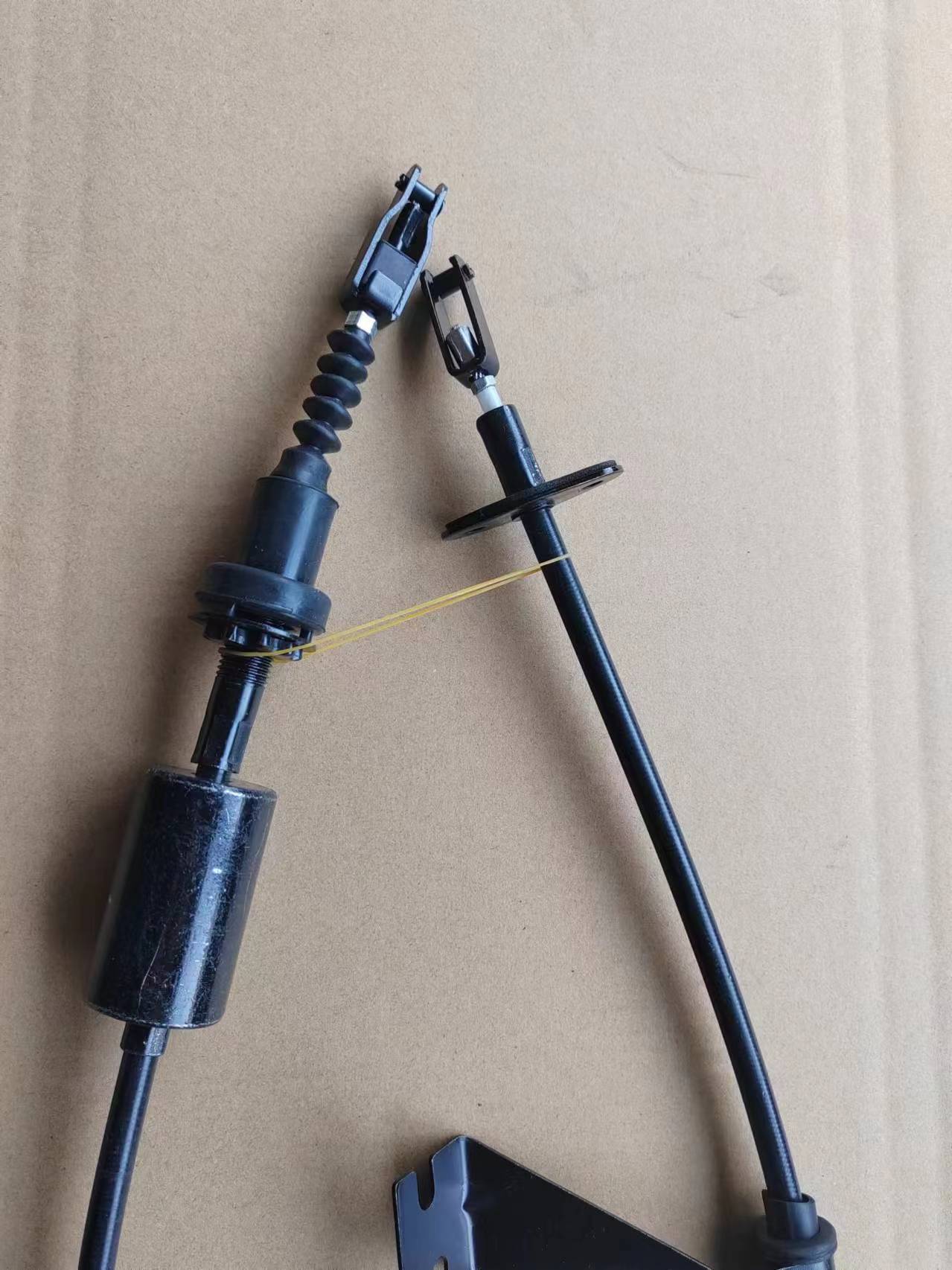gear selector cable
Understanding Gear Selector Cables Function, Importance, and Maintenance
The gear selector cable is a critical component in the functioning of modern automobiles, particularly those with automatic transmissions. This essential part serves as the link between the gear shift lever inside the vehicle and the transmission system. Its performance directly influences the ease and precision with which drivers can change gears, making it a vital aspect of vehicle operation and safety.
Functionality of Gear Selector Cables
The primary function of a gear selector cable is to transmit the driver's input from the gear shift to the transmission. When the driver moves the gear lever, the cable pulls or pushes a rod connected to the transmission, thereby engaging the appropriate gears. In automatic vehicles, this process is facilitated by a system of pulleys, levers, and electronic sensors, ensuring that the transition between gears is smooth and responsive. The cable is designed to be flexible yet sturdy enough to withstand the stress of constant use, as it operates within a range of temperatures and conditions.
Importance in Vehicle Performance
A well-functioning gear selector cable is crucial not only for the convenience of shifting gears but also for the overall performance of the vehicle
. If the cable becomes damaged, frayed, or disconnected, it can lead to several issues, including difficulty in shifting or even the inability to change gears at all. Such problems could compromise the driver’s control over the vehicle, lead to increased wear on the transmission, and create unsafe driving conditions. Moreover, intermittent failures can make it challenging for the driver to predict how the vehicle will respond, leading to increased frustration and potential hazards on the road.Signs of a Faulty Gear Selector Cable
gear selector cable

It's vital for car owners to be aware of the common signs that may indicate a problem with the gear selector cable. One of the most noticeable symptoms is difficulty in moving the gear shift, whether it's resistance while shifting or a slack in the movement. Additionally, the vehicle may have difficulty staying in gear or may pop out of gear unexpectedly. These symptoms can range from minor annoyances to serious safety hazards, making it important to address them promptly.
Maintenance and Care
Proper maintenance of the gear selector cable can extend its lifespan and maintain the vehicle’s performance. Regular inspections are advisable, especially as a car ages or if it has been subjected to harsh weather conditions. Drivers should look for signs of wear or damage, such as frayed or cracking insulation. Lubrication can also play a key role in maintaining functionality, as it helps reduce friction within the cable assembly. If any issues are detected, it is advisable to consult a professional mechanic who can assess the situation and determine if a replacement is necessary.
Replacing a faulty gear selector cable is generally not a complex task, but it should be done with care to ensure proper installation and functioning. Depending on the make and model of the vehicle, the cost and time involved in replacing the cable can vary. Using high-quality replacement parts is vital to ensure durability and performance.
Conclusion
In summary, the gear selector cable is an integral part of a vehicle's transmission system. Its primary role in enabling smooth gear shifts is crucial for both driver comfort and safety. Awareness of its symptoms of wear or malfunction can empower drivers to take timely action, preventing more significant issues down the line. Routine maintenance and inspections can ensure the cable's longevity, contributing to an overall better driving experience. As technology advances, the role of gear selector cables continues to evolve, but their significance in automotive functionality remains unchanged. Taking care of this essential part will lead to a safer, more reliable vehicle on the road.
-
Workings of Clutch Pipe and Hose SystemsNewsJun.04,2025
-
The Inner Workings of Hand Brake Cable SystemsNewsJun.04,2025
-
The Secrets of Throttle and Accelerator CablesNewsJun.04,2025
-
The Hidden Lifeline of Your Transmission Gear Shift CablesNewsJun.04,2025
-
Demystifying Gear Cables and Shift LinkagesNewsJun.04,2025
-
Decoding Clutch Line Systems A Comprehensive GuideNewsJun.04,2025
